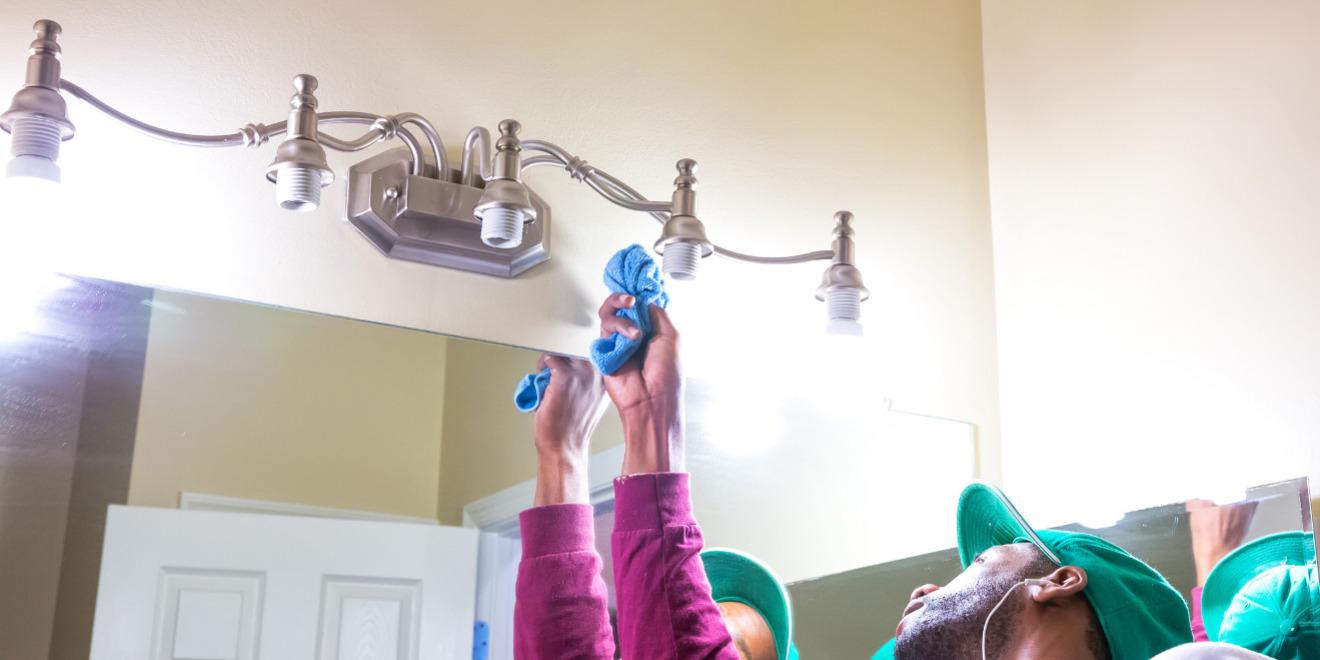How to Clean a Light Bulb Socket Safely: A Step-by-Step Guide

Maintaining clean light bulb sockets is essential for optimal performance and safety. This guide will walk you through the process of cleaning a light bulb socket safely and effectively.
1. Safety First
Before you begin, it's crucial to prioritize safety:
- Turn off the power to the light fixture at the circuit breaker.
- Use a non-contact voltage tester to verify that the power is indeed off.
- Remove the light bulb from the socket.
2. Tools Needed
Gather the following tools and materials:
- Soft brush (e.g., an old toothbrush)
- Vacuum cleaner with a brush attachment
- Isopropyl alcohol
- Cotton swabs
- Lint-free cloth
- Protective gloves
3. Removal of Dust
Start by removing loose dust and debris:
- Use a soft brush to gently sweep away any visible dust or cobwebs from the socket.
- If available, use a vacuum cleaner with a brush attachment to carefully remove any remaining loose particles. Be cautious not to damage the socket.
4. Cleaning Process
Now, proceed with a more thorough cleaning:
- Put on protective gloves to safeguard your hands.
- Dampen a cotton swab or lint-free cloth with isopropyl alcohol. Ensure it's not dripping wet.
- Gently clean the interior of the socket, focusing on the metal contacts. Be careful not to bend or damage these contacts.
- Use a fresh cotton swab or a clean part of the cloth for each area to avoid spreading dirt.
- Pay special attention to any visible corrosion or buildup, gently working to remove it.
5. Drying the Socket
After cleaning, it's crucial to ensure the socket is completely dry:
- Allow the socket to air dry for at least 10-15 minutes.
- If needed, use a clean, dry cotton swab or lint-free cloth to absorb any remaining moisture.
- Ensure there's no residual alcohol or cleaning solution left in the socket.
6. Safety Checks
Before restoring power and using the socket:
- Visually inspect the socket to ensure it's clean and dry.
- Check that no cleaning materials (e.g., cotton fibers) are left behind in the socket.
- Verify that the metal contacts are intact and not bent or damaged.
7. Final Tips
- Regularly inspect your light bulb sockets for signs of dirt, corrosion, or damage.
- Clean sockets every 6-12 months to maintain good conductivity and prolong the life of both the socket and light bulbs.
- If you notice any damage to the socket during cleaning, consult a professional electrician.
- Always handle light fixtures and electrical components with care to avoid accidents.
By following these steps, you can safely and effectively clean your light bulb sockets, ensuring better performance and longevity of your lighting fixtures. Remember, if you're ever unsure or uncomfortable with any electrical maintenance, it's always best to consult a professional electrician.
For expert electrical services, including light fixture maintenance and repairs, don't hesitate to contact Mister Sparky at https://www.mistersparky.com/locations/ or call (800) 906-4577. Our team of professional electricians is ready to assist you with all your electrical needs, ensuring your home's lighting systems are safe and efficient.
